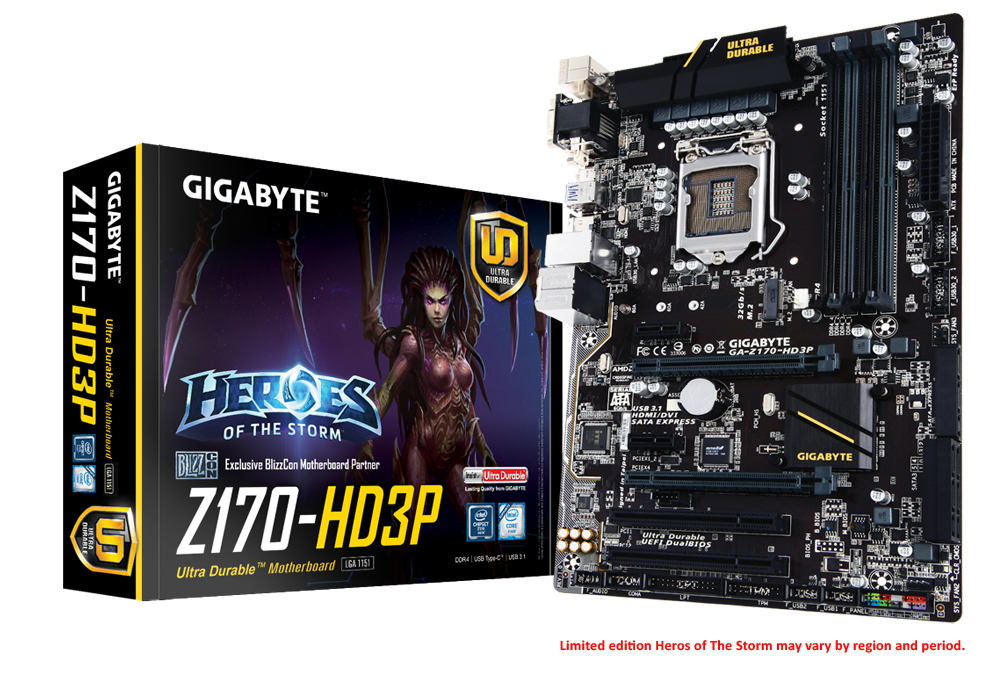- Joined
- Feb 4, 2017
- Messages
- 9
- Motherboard
- Gigabyte GA-Z170 HD3P
- CPU
- i7-6700K
- Graphics
- GTX 1060
Hello,
I upgraded my RAM capacity to 64GB with the following modules [Corsair Vengeance LPX DDR4 3200MHz PC4-25600 64GB (2x32GB) CL16]. Right after plugging them, I fell into a boot loop which I managed to solve by changing the SMBIOS Clover configuration so that the OS identifies the 2x32GB as 4x16GB:

Issue:
The BIOS displays a memory frequency of 2132MHz, even though the RAM modules support 3200MHz. Also, I don’t see a real performance improvement and it makes me think that maybe both things are somehow related.

Question:
How can I change the BIOS settings so that it operates at 3200MHz for RAM modules?
P.S. If I missed some file or screenshot that may help to diagnose the issue, please let me know so that I can upload it.
Thanks for your help.
Gon
I upgraded my RAM capacity to 64GB with the following modules [Corsair Vengeance LPX DDR4 3200MHz PC4-25600 64GB (2x32GB) CL16]. Right after plugging them, I fell into a boot loop which I managed to solve by changing the SMBIOS Clover configuration so that the OS identifies the 2x32GB as 4x16GB:

Issue:
The BIOS displays a memory frequency of 2132MHz, even though the RAM modules support 3200MHz. Also, I don’t see a real performance improvement and it makes me think that maybe both things are somehow related.

Question:
How can I change the BIOS settings so that it operates at 3200MHz for RAM modules?
P.S. If I missed some file or screenshot that may help to diagnose the issue, please let me know so that I can upload it.
Thanks for your help.
Gon




